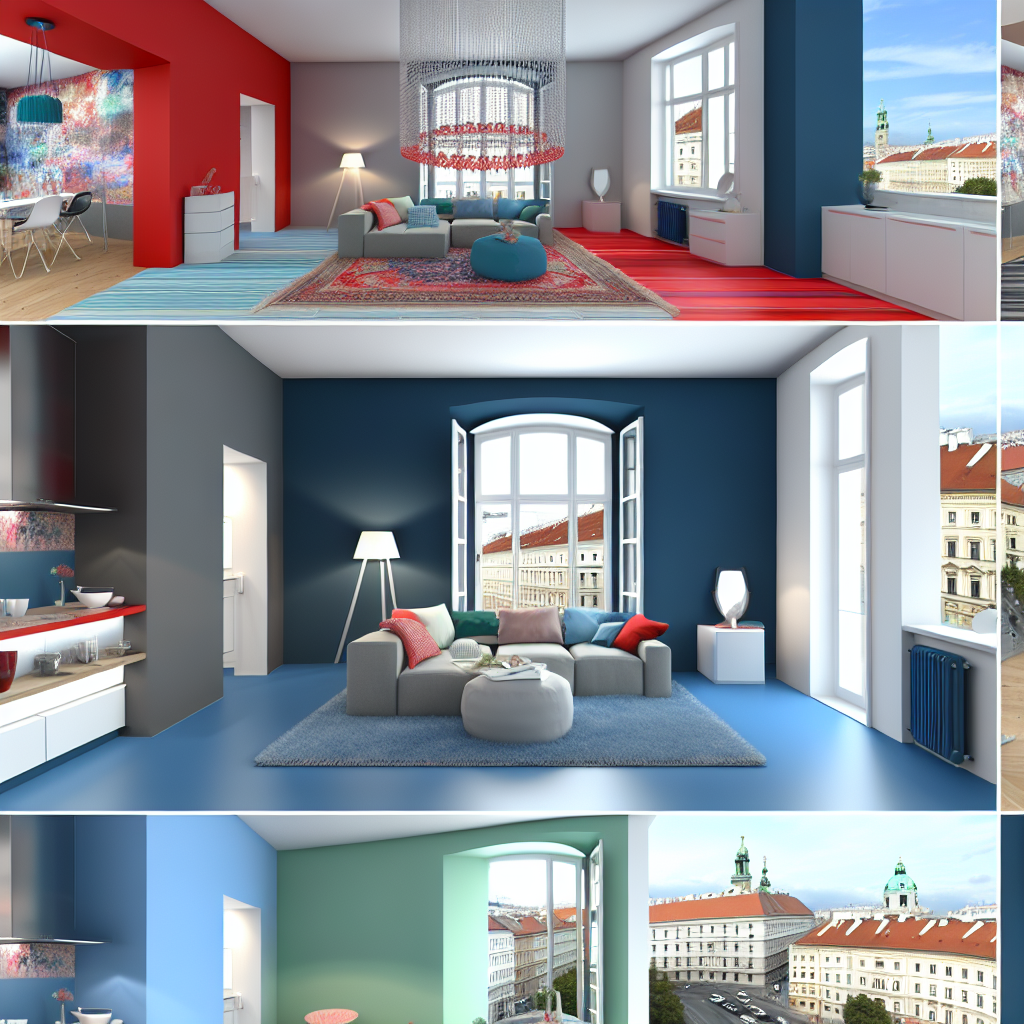
Interior Painting in Vienna Designing Spaces with Color Psychology
Why Color Psychology is Important in Interior Painting
When it comes to interior painting, choosing the right colors for your space is crucial for creating a comfortable and welcoming environment. However, it's not just about personal preference or aesthetics. The science behind color psychology plays a significant role in the overall design and feel of a room. In fact, color can have a powerful impact on our emotions, moods, and behavior. By understanding the basics of color psychology, you can make thoughtful and intentional choices that will enhance your space and improve your well-being.
The Basics of Color Psychology
Color psychology is the study of how color influences human behavior and emotions. Each color has its own unique properties, and when used in interior design, can evoke certain feelings and create a specific atmosphere. For example, warm tones like red, orange, and yellow are often associated with energy and excitement, while cool tones like blue, green, and purple can create a sense of calm and relaxation. When choosing colors for your space, it's essential to consider the mood you want to convey and the purpose of the room.
Using Color Psychology in Interior Painting
Now that you understand the basics of color psychology, it's time to put it into practice in your interior painting project. Start by considering the function of the room you're painting. For example, in a bedroom, you might want to use calming and soothing colors like blues and greens to promote better sleep. In a kitchen or dining room, you might want to use warm tones like reds and yellows to encourage appetite and conversation. Each room in your home has its purpose, and by incorporating color psychology, you can enhance its functionality.
The Impact of Color on Mood and Well-being
The colors we surround ourselves with can have a significant impact on our mood and overall well-being. In fact, studies have shown that certain colors can reduce stress, increase productivity, and improve mental clarity. By using color psychology in your home, you can create a space that promotes positivity and enhances your quality of life. For example, incorporating shades of greens and blues in your home can promote tranquility and reduce anxiety, while using warmer tones in common areas can encourage social interaction.
Conclusion: Transform Your Space with Color Psychology
Interior painting is not just about adding a fresh coat of paint to your walls. By understanding the principles of color psychology, you can take your design to the next level and create a space that not only looks beautiful but also positively impacts your well-being. Consider the mood and purpose of each room, and choose colors that align with that vision. With the right colors, you can transform your space into a peaceful, welcoming environment that promotes happiness and relaxation. So go ahead, grab your paintbrush, and let color psychology guide your next interior painting project.










